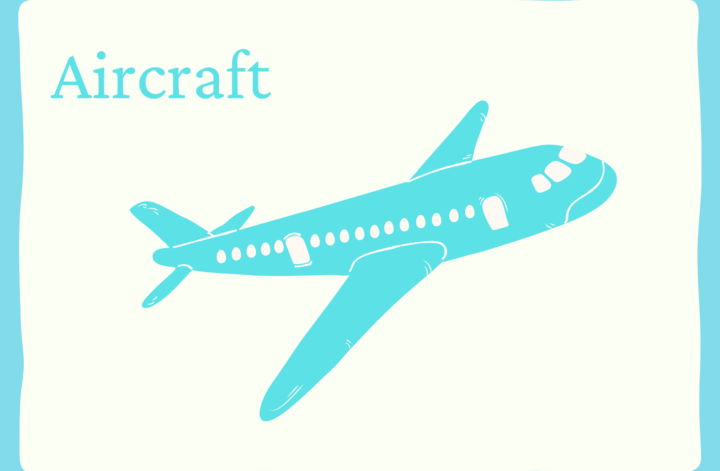The cross-sectional shape of an airplane wing is called an airfoil. It is curved, and has a rounded leading edge and a sharp trailing edge. Due to the airfoil, air passes above the wing faster than air passing below. Faster-moving air has a lower pressure than slower-moving air. This difference in pressure generates lift, forcing the wing upward.
The amount of lift changes depending on the angle of attack. The angle of attack refers to the angle between the chord line (imaginary straight line connecting the leading and trailing edges) of the airfoil and the direction of the airflow. As the angle increases, the lift also increases.
飛行機の主翼の断面の形状は翼型と呼ばれます。それは湾曲していて、前縁は丸みがあり、後縁はとがっています。翼型によって、主翼の上を通る空気は、下を通る空気よりも速く流れます。流れの速い空気の方が、流れの遅い空気よりも圧力が低くなります。この圧力の差から揚力が発生し、主翼を上へと押し上げます。
揚力の大きさは、迎え角によって変わります。迎え角は、翼型の翼弦線(前縁と後縁を結ぶ想像上の直線)と気流の向きとの間の角度のことです。その角度が大きいほど、揚力も大きくなります。

